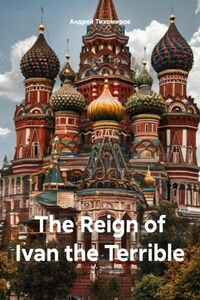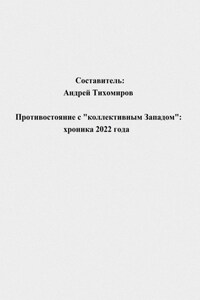Unification of Russian lands
The unification of the Russian lands ended under Ivan III's son, Vasily III, who ruled in Moscow from 1505 to 1533. In place of the disparate principalities, a large state of Russia appeared, spread over 2,800 thousand square kilometers. It was a single state, where all cities and lands were subordinate to the Grand Duke. The population of Russia was 9 million people. Previously, the appanage princes were the rulers of their lands, but now they have become the boyars of the Grand Duke and entered the Boyar Duma. It was a council of noble people who helped the prince solve important issues. The decrees said: "The Grand Duke ordered, and the boyars were sentenced." However, there were still traces of feudal fragmentation in the country. Some boyar princely states retained their possessions and felt like little rulers. They had their own squads and did not always obey Moscow. In the 16th century, the Moscow government fought against this in order to strengthen the central government. Before his death, Vasily III bequeathed the throne to his son Ivan, who was only three years old at the time. The state was ruled by his mother, Princess Elena, with her brothers, the Princes of Glinsky.
When Ivan grew up, disputes for power began. His uncles, the brothers of Vasily III, wanted to rule themselves, but the Glinskys defeated them and sent them to prison. But after Elena's death, the Shuisky princes seized power, then the Belsky. In 1546, the Glinskys returned to power.
These changes were often accompanied by violence and killings. The boyars who ruled the country used their power for personal gain.
Ivan IV, the future tsar Ivan the Terrible, witnessed all these events. He also sometimes intervened in the struggle for power. In 1543, he ordered the execution of Prince Andrei Shuisky, and in 1546– two princes Vorontsov. In January 1547, Ivan turned 17 years old, and he was crowned king in the Assumption Cathedral of the Kremlin. Metropolitan Macarius put a golden crown on him and proclaimed him an autocratic tsar. Ivan became the first tsar of Russia. This event strengthened his power and increased the international prestige of the country.
In February 1547, Ivan married Anastasia, the daughter of the Moscow boyar Roman Zakharin. From that moment on, he became an adult and could manage the state himself.
Ivan IV, known as Ivan the Terrible, received a good education under the guidance of Metropolitan Macarius. He read a lot and studied the history of Kievan Rus, the Principality of Vladimir and European countries. Ivan realized early on that many princes and boyars did not want to unite Russia, but wanted to be independent rulers in their lands. He decided to strengthen the state and make it stronger.
Ivan was an intelligent and talented man. In his youth, he surprised everyone with his knowledge and thoughts. He was a good politician, diplomat and military commander. But he had a difficult personality: he often got angry and lost his temper. Since childhood, Ivan has been suspicious and violent. He did not tolerate disobedience and could punish even a small offense.
At a time when the country was ruled by boyars, the life of peasants and townspeople became very difficult. The Boyars took away a lot of money and land from people, and the peasants suffered from this. In some places, people began to rebel against the boyars.
In 1547, a great fire broke out in Moscow. The fire destroyed almost all the houses and killed many people. It was a terrible disaster, and many were left homeless and without food. People started accusing the Boyars of arson and rebelled. The crowd broke into the Assumption Cathedral and killed one of the boyars.
Ivan the Terrible was very frightened by these events. He decided to change the government and brought new people closer to him, who were not connected with the boyars. These people were nobles who received lands and positions from the tsar in exchange for service.
The nobles were interested in the strong power of the tsar because he gave them lands and the opportunity to serve the state. Ivan the Terrible wanted everyone to live peacefully and amicably, and for the country to be strong and united.
Ivan IV, known as Ivan the Terrible, created a new government called the Elected Rada. It included nobles and boyars loyal to him, who wanted Moscow to become even stronger. The rada was led by nobleman Alexei Adashev. Priest Sylvester and Prince Andrey Kurbsky, Ivan's childhood friend, also played an important role.
The elected rada sought to unite the country and establish good relations between boyars, nobles and the church. In 1549, Ivan IV convened the first Zemsky Sobor, an assembly of representatives of different classes. At it, the tsar accused the boyars of abuses and called on everyone to work together to strengthen the state. In the future, such cathedrals were held to resolve important state issues.
The elected rada has carried out many reforms. She expanded the administrative orders, changed the order of administration of cities and municipalities. Previously, Boyar governors tried people and collected taxes, but did not receive any money for it. The elected rada abolished this system and appointed voivodes who were paid by the state. Tax collection and court cases were handed over to the elders of the nobility. A new judicial code, a collection of laws, was also created.














